Rabbi Chaim Soloveitchik of Brisk
Marking 100 Years Since His Passing

Rabbi Chaim Soloveitchik of Brisk
In the latter part of the 19th century, in the small Russian (now Belarusian) town of Volozhin, a miniature revolution was brewing. In its illustrious yeshivah—which attracted some of the brightest young minds from across the Jewish communities of Eastern Europe—an innovative method of Talmud study was being pioneered. Rabbi Chaim Halevi Soloveitchik (1853-1918) was enthralling his students with his new approach to the complexities of the Talmud and Maimonides’ great code of law, an approach that would become known as “the Brisker method.” Rather than building complex arguments with many proofs and counter proofs from the vast corpus of Talmudic literature, he resolved apparent contradictions by reassessing the basic categories of the law in order to explain the specifics of its application, often presenting a hypothesis (“chakirah”) that there were two ways of theorizing a particular law. Through these two prisms, vast debates stretching through history could be reduced to a single penetrating question.
Following the closure of the Volozhin yeshivah in 1892, R. Chaim took up a rabbinical position in the town of Brisk (Brest, Belarus). He quickly emerged as one of the foremost rabbinic leaders of his day, working for nearly three decades as a staunch advocate on behalf of the downtrodden Jews of the Russian Empire. In this role, he worked hand-in-hand with the fifth Rebbe of Chabad-Lubavitch, Rabbi Shalom DovBer Schneersohn (“the Rebbe Rashab,” 1860-1920). Despite their different backgrounds, they enjoyed a close personal relationship and R. Chaim was one of the most steadfast supporters of the Rebbe’s unwavering refusal to allow secularization, nationalism, or tyranny to sweep away the great institutions of Torah life and learning.
In his classical work on the great Torah personalities of this era, the twentieth century Chabad scholar, Rabbi Shlomo Yosef Zevin (1888-1978), noted that R. Chaim could rightfully be described with many accolades. Yes, he was a genius. He was also wise, kind, sharp and an unbending man of truth. But all of these accolades could be attributed to others as well. What made R. Chaim different was the refreshing boldness with which he penetrated the complexities of Talmudic and halachic discourse, and the incisive elegance of the solutions that he excavated. R. Chaim, in the judgment of R. Zevin, cut through generations of increasingly intricate commentary and in a certain respect, returned to the era of the great medieval scholars (known collectively as the rishonim), like Rashi and Maimonides, who explained the internal logic of each Talmudic debate through careful reading and clear-cut logic.
In R. Zevin’s own words:
Though still young, R. Levi Yitzchak was already an accomplished scholar in his own right, with vast knowledge of Kabbalah and Hasidism as well as of Talmudic and rabbinic literature. Among other things, R. Chaim presented R. Levi Yitzchak with a practical legal question, which had been brought to his attention, involving both the laws of Shabbat and the laws of Sukkot. On Shabbat one cannot carry from a private home into a shared courtyard unless an eruv chatzeirot is enacted. Loosely defined, an eruv chatzeirot is a legal mechanism via which foodstuffs are pooled, thereby transforming the status of the shared courtyard into a merged private space in which it is permissible to carry. On Sukkot one is required to eat in a sukkah-hut built under the open sky. Several private householders had built a shared sukkah in a shared courtyard, and had forgotten to enact an eruv chatzeirot to allow them to carry their food to the sukkah on Shabbat. What were they to do?
Without skipping a beat, R. Levi Yitzchak asserted that the sukkah itself enacted an eruv chatzeirot. Since the private householders intended to eat their meals there, it automatically transformed the shared courtyard into a merged private space. The laws of eruv are notoriously complex, and R. Chaim was impressed and gratified by R. Levi Yitzchak’s conceptual clarity, agility and innovation. It is noteworthy that this solution bears the hallmark of R. Chaim’s own approach, which, as noted, is to penetrate to the logical core of the halachic problem. (See Torat Menachem Vol. 3, pages 257-258; Likutei Sichot Vol. 9, page 91.)
In his own Torah scholarship the Rebbe drew a great many sources into a unique synthesis, and like R. Chaim, he had a special interest in Maimonides’ code of law, applying his own novel approach. He explicitly cited R. Chaim on several occasions. In one instance he compared and contrasted R. Chaim’s approach to that of R. Yosef Rosen, the famed Gaon of Ragatchov (1858-1936), noting that they lived during the same time period and debated Torah issues in person. In the Rebbe’s formulation: “The path of R. Chaim Halevi is to explain each thing through delving to the depth of the issue in its own terms, and the path of the Ragatchover is to seek out the universal rule that is valid throughout the entire Torah.” The Rebbe also noted that both of these Torah giants merited an acclaimed reception not only among their direct students, but also among the students of their students. (See Sichot Kodesh 5739 Vol. 2, page 425; Likutei Sichot Vol. 26, page 69.)
Perhaps the most famous example of R. Chaim’s method is the distinction between whether a law applies to the “subject” or to the “object,” the gavra or the cheftza. Take for example the requirement to destroy chametz (leavened bread) on Passover: Does it apply to the subject, prohibiting the individual from possessing chametz, or does it apply to the object of chametz itself, mandating that chametz shall be destroyed? R. Chaim used this distinction to explain a dispute in the Mishnah. R. Yehudah ruled that the chametz must be burned, no other form of destruction will do (Mishnah, Pesachim 2:1). This only makes sense if we conclude that this law applies to the object, mandating the objective destruction of the chametz through burning specifically. The other Sages rule that any form of destruction will satisfy the requirement. On R. Chaim’s reasoning this is because all that matters is that the chametz should not be in the possession of the individual subject, hence the means of destruction is inconsequential. (See Ishim Veshitot (2007), 36.)
Following the closure of the Volozhin yeshivah in 1892, R. Chaim took up a rabbinical position in the town of Brisk (Brest, Belarus). He quickly emerged as one of the foremost rabbinic leaders of his day, working for nearly three decades as a staunch advocate on behalf of the downtrodden Jews of the Russian Empire. In this role, he worked hand-in-hand with the fifth Rebbe of Chabad-Lubavitch, Rabbi Shalom DovBer Schneersohn (“the Rebbe Rashab,” 1860-1920). Despite their different backgrounds, they enjoyed a close personal relationship and R. Chaim was one of the most steadfast supporters of the Rebbe’s unwavering refusal to allow secularization, nationalism, or tyranny to sweep away the great institutions of Torah life and learning.
In his classical work on the great Torah personalities of this era, the twentieth century Chabad scholar, Rabbi Shlomo Yosef Zevin (1888-1978), noted that R. Chaim could rightfully be described with many accolades. Yes, he was a genius. He was also wise, kind, sharp and an unbending man of truth. But all of these accolades could be attributed to others as well. What made R. Chaim different was the refreshing boldness with which he penetrated the complexities of Talmudic and halachic discourse, and the incisive elegance of the solutions that he excavated. R. Chaim, in the judgment of R. Zevin, cut through generations of increasingly intricate commentary and in a certain respect, returned to the era of the great medieval scholars (known collectively as the rishonim), like Rashi and Maimonides, who explained the internal logic of each Talmudic debate through careful reading and clear-cut logic.
In R. Zevin’s own words:
Why were the rishonim called rishonim (“the initiators”)? Because they were the formers and creators. They quarried the depths, pierced the mountain, penetrated to the very foundations [of the Talmudic discussion]. The rishonim did not become tangled with far fetched argumentation, rather they gave us “it itself,” the plain truth. R. Chaim leaped backwards through the generations and returned to the rishonim, albeit with a different expression and parlance, yet treading the same path, in the same fashion. With his clarity of explanation and strength of logic, he penetrated to the essence and root of the entire Talmudic corpus, transforming it into sifted flour. The point of truth, the pure truth—this was his portion, this he sought and located persistently ...To separate and to join together, this was the strength and merit of R. Chaim. To dissect something with the sharp chisel of logic and to investigate it thoroughly. To break it down to its elemental components and thereby to erect it in its clearest purity upon the point of truest truth, without any extraneous mixtures. This was the way paved by R. Chaim. In this way he shone as a giant tower of light upon the entire great sea of the Talmud and its many commentaries…In addition to R. Chaim’s close relationship with the Rebbe Rashab, the former also awarded rabbinic ordination to R. Levi Yitzchak Schneersohn of Yekaterinoslav, whose oldest son, R. Menachem Mendel, would later become the seventh Rebbe of Chabad-Lubavitch. In a letter that the Rebbe Rashab wrote to R. Levi Yitzchak he expressed confidence that R. Chaim would independently approve of him without any special introduction. “Certainly he will draw you close, for he truly fears G‑d… if he generally bestows ordination, I am certain that he will extend it to you…” (Igrot Kodesh Ha-Rashab, Vol. 4, page 92.)
An illustrative anecdote:
Once, as told by R. Meir Berlin, R. Chaim was sitting at a gathering of Torah scholars and shared a Torah thought. One of the audience interjected that a Tosafot in a certain tractate said something that seemed to invalidate what R. Chaim had said. R. Chaim responded: “Tosafot says no such thing.” The relevant folio of Talmud was procured and indeed R. Chaim was proven to be correct. After a moment R. Chaim remarked, “Do you all think that I am fluent in every single Tosafot, even knowing what is not written? No. But I understand that it would be impossible for Tosafot to write as was claimed.”
(Ishim Veshitot (2007), pages 33 - 35.)
Though still young, R. Levi Yitzchak was already an accomplished scholar in his own right, with vast knowledge of Kabbalah and Hasidism as well as of Talmudic and rabbinic literature. Among other things, R. Chaim presented R. Levi Yitzchak with a practical legal question, which had been brought to his attention, involving both the laws of Shabbat and the laws of Sukkot. On Shabbat one cannot carry from a private home into a shared courtyard unless an eruv chatzeirot is enacted. Loosely defined, an eruv chatzeirot is a legal mechanism via which foodstuffs are pooled, thereby transforming the status of the shared courtyard into a merged private space in which it is permissible to carry. On Sukkot one is required to eat in a sukkah-hut built under the open sky. Several private householders had built a shared sukkah in a shared courtyard, and had forgotten to enact an eruv chatzeirot to allow them to carry their food to the sukkah on Shabbat. What were they to do?
Without skipping a beat, R. Levi Yitzchak asserted that the sukkah itself enacted an eruv chatzeirot. Since the private householders intended to eat their meals there, it automatically transformed the shared courtyard into a merged private space. The laws of eruv are notoriously complex, and R. Chaim was impressed and gratified by R. Levi Yitzchak’s conceptual clarity, agility and innovation. It is noteworthy that this solution bears the hallmark of R. Chaim’s own approach, which, as noted, is to penetrate to the logical core of the halachic problem. (See Torat Menachem Vol. 3, pages 257-258; Likutei Sichot Vol. 9, page 91.)
In his own Torah scholarship the Rebbe drew a great many sources into a unique synthesis, and like R. Chaim, he had a special interest in Maimonides’ code of law, applying his own novel approach. He explicitly cited R. Chaim on several occasions. In one instance he compared and contrasted R. Chaim’s approach to that of R. Yosef Rosen, the famed Gaon of Ragatchov (1858-1936), noting that they lived during the same time period and debated Torah issues in person. In the Rebbe’s formulation: “The path of R. Chaim Halevi is to explain each thing through delving to the depth of the issue in its own terms, and the path of the Ragatchover is to seek out the universal rule that is valid throughout the entire Torah.” The Rebbe also noted that both of these Torah giants merited an acclaimed reception not only among their direct students, but also among the students of their students. (See Sichot Kodesh 5739 Vol. 2, page 425; Likutei Sichot Vol. 26, page 69.)
Perhaps the most famous example of R. Chaim’s method is the distinction between whether a law applies to the “subject” or to the “object,” the gavra or the cheftza. Take for example the requirement to destroy chametz (leavened bread) on Passover: Does it apply to the subject, prohibiting the individual from possessing chametz, or does it apply to the object of chametz itself, mandating that chametz shall be destroyed? R. Chaim used this distinction to explain a dispute in the Mishnah. R. Yehudah ruled that the chametz must be burned, no other form of destruction will do (Mishnah, Pesachim 2:1). This only makes sense if we conclude that this law applies to the object, mandating the objective destruction of the chametz through burning specifically. The other Sages rule that any form of destruction will satisfy the requirement. On R. Chaim’s reasoning this is because all that matters is that the chametz should not be in the possession of the individual subject, hence the means of destruction is inconsequential. (See Ishim Veshitot (2007), 36.)
Related Topics
- Yeshivah (46)
- Talmud (650)
- Soloveichik, R. Chaim (of Brisk) (2)
- Jewish History (43)








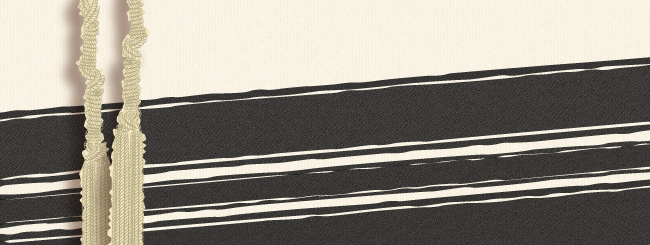
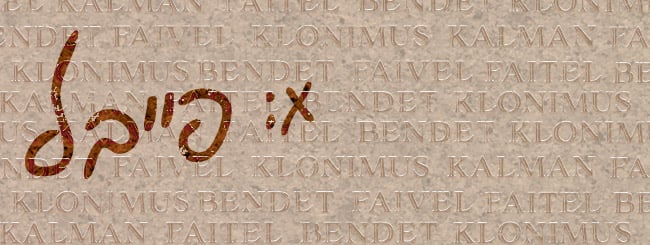







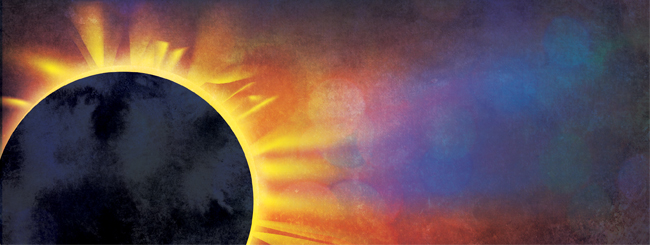



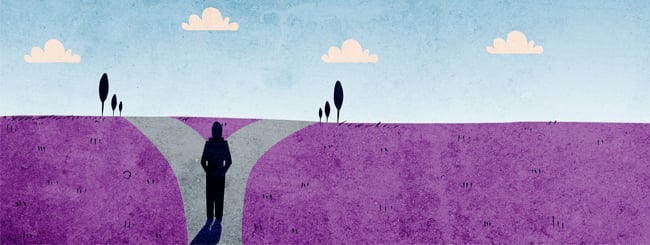



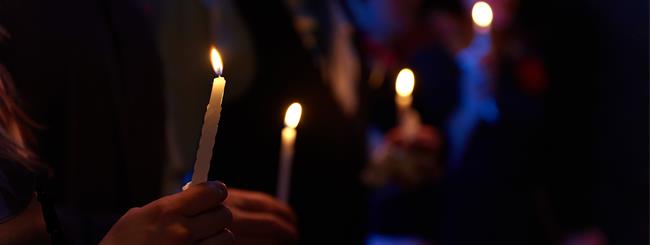
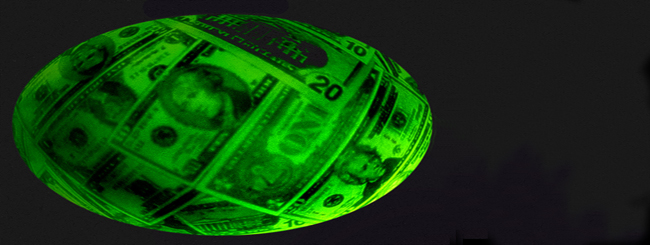

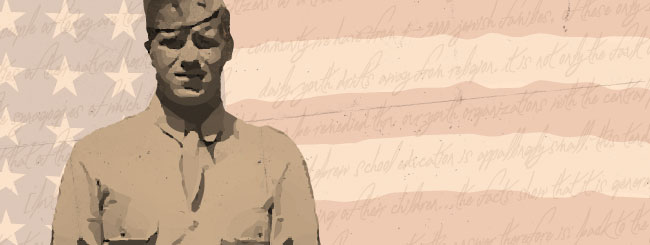
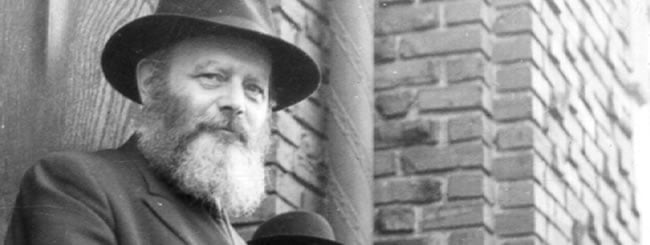






Join the Discussion